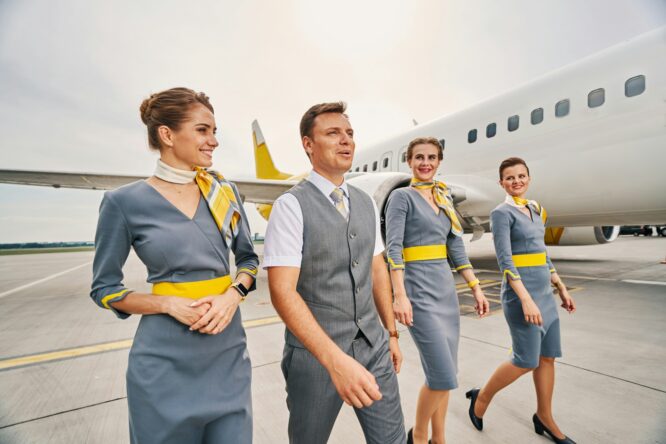For Americans, travelling to Europe for the first time can feel like stepping into a parallel universe, where the basics of daily life are very different to what they’re used to back home.
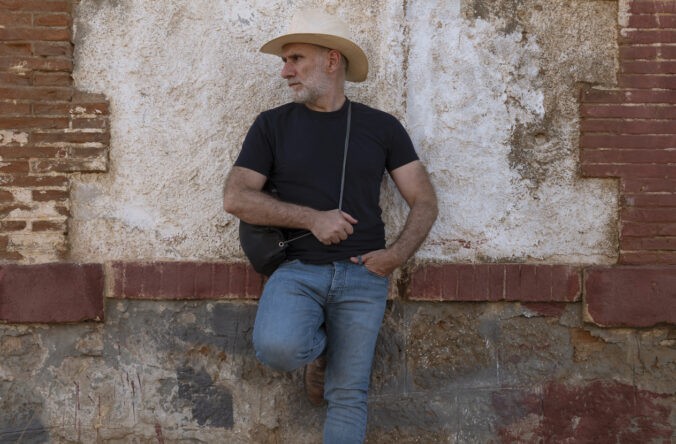
Some things are charming, some are baffling, and some make them seriously question everything they thought was “normal.” While none of these things are particularly confusing or such a big deal that they’d ruin the holiday, people from the States do find themselves getting a bit up in arms about these things when they’re over on the continent.
1. Getting charged for tap water at restaurants is a thing.

In the US, free tap water at restaurants is practically a human right. So when the bill comes in Europe and there’s a charge for still water—or worse, you’re offered only bottled options—it throws people off every time. It’s not universal across Europe, but it’s common enough to catch plenty of Americans off guard, especially when a basic glass of water ends up costing more than they expected.
2. Air conditioning isn’t guaranteed anywhere.

Even in 2025, you can’t automatically assume your European hotel, Airbnb, or even a fancy restaurant will have air conditioning. Americans who are used to blasting the A/C during the summer often find themselves sweating through heatwaves abroad. Europe is slowly adapting due to rising temperatures, but in many older cities, historic charm still wins out over modern comforts, and a fan in the corner might be all you get.
3. You usually have to pay to use public toilets.
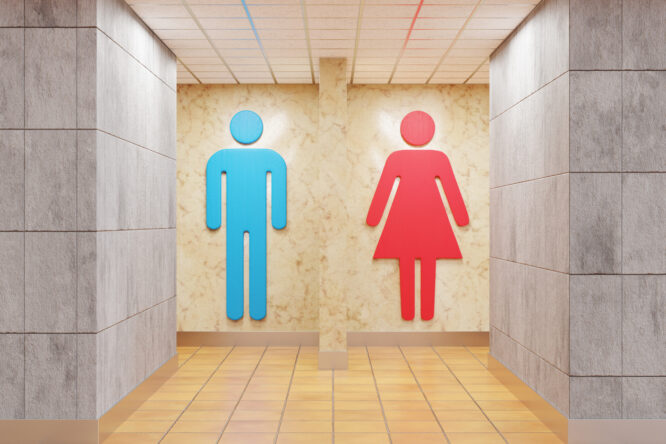
Dropping coins into a machine just to use a toilet is still a culture shock for Americans. It feels strange to have to fumble for change when nature calls, and even stranger that it’s perfectly normal in so many European countries. Public restroom fees are often seen as a way to keep facilities cleaner and safer, but for American travellers, it still feels weirdly transactional.
4. The obsession with sparkling water is on a different level.

Ask for water at a café in Europe, and the automatic question will often be “Still or sparkling?” Sparkling is so common that many Americans accidentally order it without realising, and then have to awkwardly drink fizzy water they didn’t actually want. While sparkling water has gained popularity in the US, the casual, everyday love for it in Europe still feels like stepping into a slightly more glamorous universe.
5. Shops and restaurants often close at midday or early.

Despite the fact that this has always been a thing, Americans still can’t believe how casually European shops, restaurants, and even grocery stores close for lunch breaks, siesta hours, or simply for the evening before dark. Coming from a country where 24/7 convenience is normal, adjusting to life where you need to plan your shopping before 6 p.m. (or risk going without dinner) can feel like a weird time warp.
6. There are much different rules for tipping.

Leaving 20% at restaurants is second nature to Americans, so when they find out that tipping is either minimal or not expected at all in many European countries, it’s confusing—and a little freeing too. That said, the rules vary by country, and knowing when to tip a little extra versus when it’s included in the bill can still trip up travellers.
7. The plugs and voltage situation is a bit wonky.
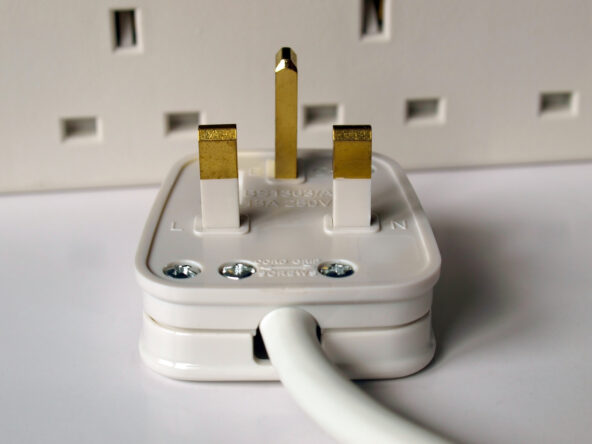
Yes, Americans have heard about needing adapters for European plugs. However, they still underestimate it every year and often end up with gadgets and appliances that are unusable while in Europe. It’s not just the shape; it’s the voltage difference that fries electronics if you’re not careful. Forgetting the right adapter or converter can turn into a major “Wait, what do you mean my charger is useless?” moment as soon as you unpack your suitcase.
8. Everything feels particularly small.

Hotel rooms, lifts, cars, cups of coffee—everything is noticeably smaller than what Americans are used to. Even portions at restaurants feel miniaturised compared to a US diner plate. At first, it’s jarring. But after a while, many travellers start appreciating the simplicity and realise maybe super-sized everything isn’t the flex they thought it was back home.
9. Crossing streets is a whole new adventure.
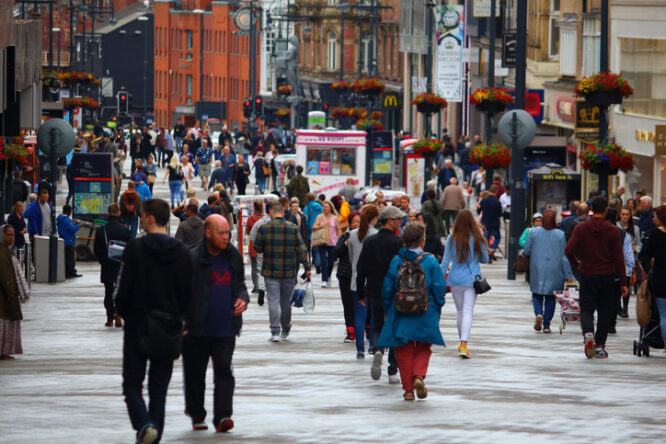
In Europe, pedestrian crossings often mean cars actually stop for you, but not always. In places like Rome or Paris, you learn quickly that you sometimes have to step out boldly and trust the traffic will stop (or at least swerve). Americans used to strict crosswalk laws can find the experience exhilarating or terrifying, and sometimes both within the same block.
10. There are usually no free refills—ever.

In the US, bottomless coffee, endless soda refills, and giant water glasses are expected. In Europe, refills are rare and usually cost extra, no matter how thirsty you are. It’s a small adjustment, but it catches Americans off guard, especially after a long day of sightseeing when you just want three glasses of Coke without paying triple.
11. The casual public drinking is off the charts.
 Source: Unsplash
Source: Unsplash In many European cities, it’s perfectly normal (and legal) to sip a beer or a glass of wine in a public park, by the river, or on a casual evening walk. Americans, who are used to strict open-container laws, are often stunned by the relaxed vibe. It’s not about partying; it’s about enjoying a drink in public without drama. Once the shock wears off, most Americans agree it’s one of the more charming surprises abroad.
12. Smoking is still everywhere.

While smoking has declined sharply in the US, in parts of Europe, it’s still alive and well, especially outdoors at cafés, beaches, and even outside airports. The smell of cigarette smoke is something Americans aren’t expecting to encounter so often anymore. Even well into the mid-2020s, it’s a real “Wait, is this 2003?” moment when you find yourself weaving between cigarette clouds while trying to enjoy your croissant. That’s a big shocker for them.
13. It’s amazing how old everything really is.

Sure, Americans know Europe is older, but no amount of history classes really prepares you for standing next to buildings, roads, and bridges that are centuries (sometimes millennia) old and still in use. Coming from a country where a 100-year-old house is practically ancient, the depth of history you can casually stumble over in Europe never stops being awe-inspiring, and sometimes a little surreal.


